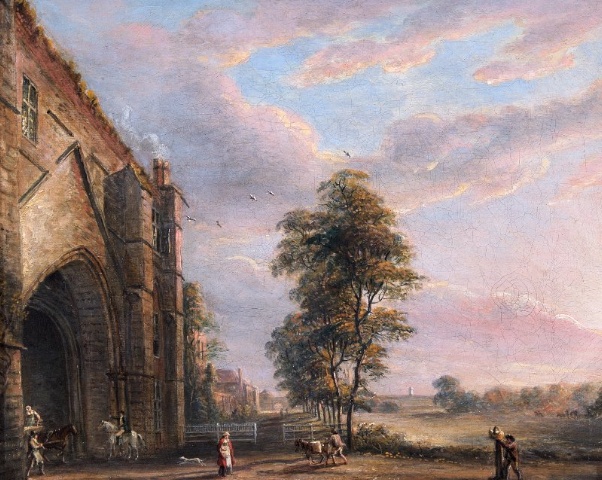Regular
readers will know that Rob Wilson MP, local residents and Conservative councillors
have been pressing Reading Borough Council (RBC) to improve safety at the Highmoor
Road junction with Albert Road.
 |
| Junction from east before the tree (see arrow) was felled |
RBC’s
latest proposal was shelved at Thursday’s Traffic Management Sub Committee
meeting thanks to representations by two local residents, my colleague Cllr Ed
Hopper and me, as all of us were concerned the proposal would make the junction
more - not less - dangerous.
Last
year RBC recommended closure of the west side of the junction to general
traffic (travelling from the west) with access remaining only for buses, emergency
& refuse vehicles. The proposal was
deeply unpopular, with 91% of residents objecting in their responses to Rob
Wilson MP’s survey. The Traffic
Management Sub Committee asked RBC officers to have a rethink.
At
Thursday’s meeting, a change of priority from Albert Road to Highmoor Road was
proposed, meaning that traffic travelling north or south would have had to stop at
the junction whereas east or west traffic would have been able to drive straight through, no
longer having to stop.
In
the run up to the meeting it appeared to me that there was far less awareness of
this latest proposal amongst Mapledurham Ward residents [the geographical part of Reading I am elected to represent], so I distributed over 200 letters to those
most likely to use the junction regularly.
The
results were that 84% of households strongly objected to RBC’s proposal to
change the priority from Albert Road to Highmoor Road as they felt it would
increase the number and quite possibly the severity of collisions. This left 12% who supported the proposal and
4% who didn’t feel they knew the area well enough yet to give an informed opinion.
[The response rate was 12.5%]
 |
| West side - newly painted double-yellow lines, tree felled |
Points
raised included that: "If people cannot
obey stop signs then why should changing the priority change anything?" "The majority of cyclists commute along Albert
Road: A number are a law unto themselves and will ignore traffic
priorities." "Albert Road traffic has had
priority for time immemorial and the public will forget!" "It would be a worse situation all round: I
can foresee numerous accidents!"
Suggested alternatives mentioned included improved signage. There is only one STOP sign on the western side of the junction, which is where Police have identified drivers had failed to stop in three crashes they investigated. A matching second STOP sign on the right hand side would get over the problem of the sign on the left hand side sometimes being obscured by a parked vehicle or overhanging branch.
I asked the Committee to reject RBC's proposal. I asked them instead to slow down (speeding) traffic on Albert Road, enhance signage at the junction with an additional STOP sign on the right hand side of the western approach, and further improve visibility on the western side of the junction.
Suggested alternatives mentioned included improved signage. There is only one STOP sign on the western side of the junction, which is where Police have identified drivers had failed to stop in three crashes they investigated. A matching second STOP sign on the right hand side would get over the problem of the sign on the left hand side sometimes being obscured by a parked vehicle or overhanging branch.
I asked the Committee to reject RBC's proposal. I asked them instead to slow down (speeding) traffic on Albert Road, enhance signage at the junction with an additional STOP sign on the right hand side of the western approach, and further improve visibility on the western side of the junction.
The
Committee decided that as sight lines have been improved by the recent painting of double yellow lines
around the corners of the junction; and a large tree in the front garden of a corner property has been felled by the
homeowners (which had overshadowed the junction), they would ask officers to improve signage and review the junction
at the Committee's November meeting before putting forward any new schemes.

.JPG)
.JPG)


